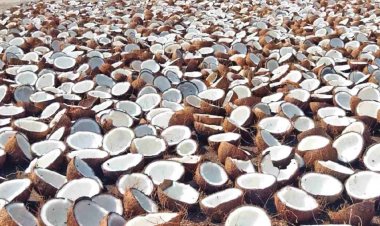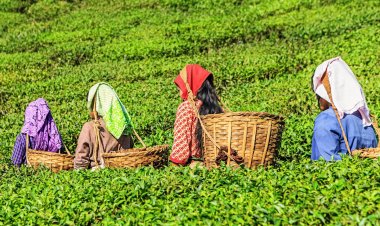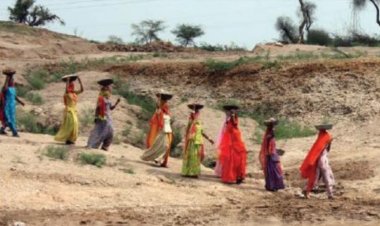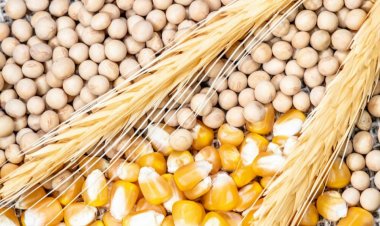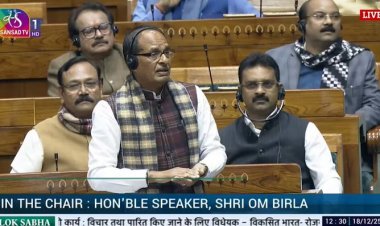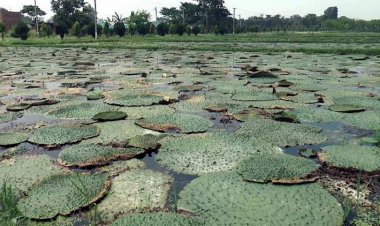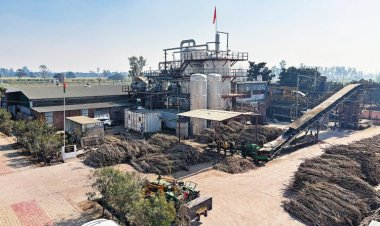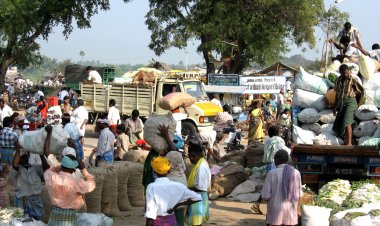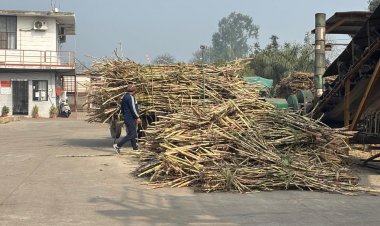Average landholdings decline despite rise in rural income: NABARD Survey
The NABARD's second All India Rural Financial Inclusion Survey (NAFIS) 2021-22 reveals key economic trends in rural India, based on data from 100,000 households. Average monthly income rose by 57.6 percent, while household expenditures increased significantly. Although financial literacy and savings improved, average landholdings declined from 1.08 to 0.74 hectares, raising concerns about sustainability
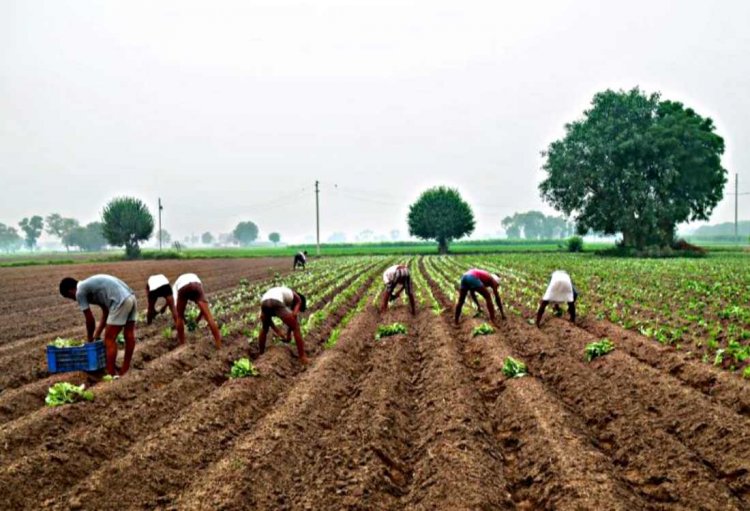
The National Bank for Agriculture and Rural Development (NABARD) has released the findings of its second All India Rural Financial Inclusion Survey (NAFIS) for the 2021-22 period, based on data collected from 1 lakh rural households. This survey sheds light on key economic and financial indicators in the rural sector in the wake of the COVID-19 pandemic.
Originally conducted in the agricultural year 2016-17, the first NAFIS survey revealed critical insights into rural financial landscapes. Since then, the economy has undergone numerous challenges, prompting the government to implement a variety of policy measures aimed at boosting agricultural growth and enhancing rural socio-economic conditions. The latest results provide a comparative perspective on the progress made in rural areas over the past five years.
Key findings from the NAFIS 2021-22 include an impressive increase in the average monthly income of households, which rose by 57.6 percent, from Rs 8,059 in 2016-17 to Rs 12,698 in 2021-22. This growth reflects a compound annual growth rate (CAGR) of 9.5 percent, aligning closely with the average nominal GDP growth of 9 percent during the same period.
In terms of household expenditure, average monthly spending increased significantly from Rs 6,646 to Rs 11,262. Additionally, the share of food in household consumption declined from 51 percent to 47 percent, indicating a diversification in spending habits among rural households.
The survey also highlights a notable increase in financial savings. The annual average financial savings rose to Rs 13,209 from Rs 9,104, with 66 percent of households reporting savings compared to just 50.6 percent in 2016-17. However, the percentage of households with outstanding debt grew from 47.4 percent to 52.0 percent, reflecting the financial pressures faced by many.
Regarding loans, the survey found that the proportion of agricultural households relying solely on institutional loans increased from 60.5 percent to 75.5 percent. In contrast, reliance on non-institutional loans dropped from 30.3 percent to 23.4 percent, indicating a shift toward more formal financial sources.
The Kisan Credit Card (KCC) emerged as a prominent tool for financial inclusion, with its usage significantly increasing over the last five years. The survey also reported a substantial rise in insurance coverage, with households having at least one member holding any type of insurance surging from 25.5 percent to 80.3 percent.
Additionally, access to pensions improved, with the proportion of households with at least one member receiving any type of pension rising from 18.9 percent to 23.5 percent. Financial literacy among rural households also saw considerable gains, as respondents reporting good financial knowledge increased from 33.9% to 51.3%. Moreover, sound financial behavior, such as managing money effectively and paying bills on time, rose from 56.4 percent to 72.8 percent.
Despite these positive trends, the average size of landholdings in rural areas declined from 1.08 hectares to 0.74 hectares. This decline raises concerns about agricultural sustainability and the long-term economic viability of rural households.
Overall, the NAFIS 2021-22 results underline the significant strides made in rural financial inclusion and economic development since 2016-17, reflecting the resilience and adaptability of rural households amid evolving challenges.



 Join the RuralVoice whatsapp group
Join the RuralVoice whatsapp group


















